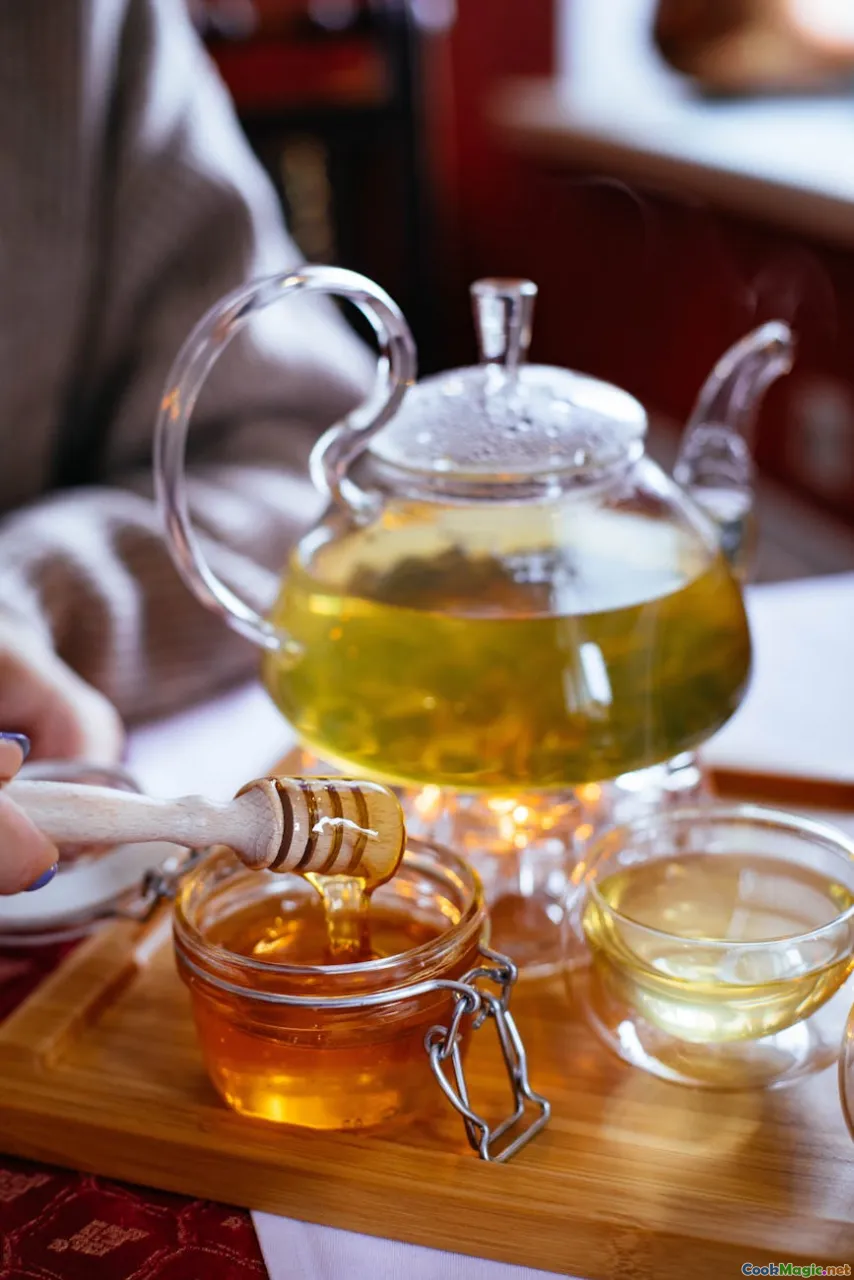Evolution of British Afternoon Tea Sandwiches
8 min read Discover the rich history and transformation of British afternoon tea sandwiches, from Victorian origins to modern culinary innovations. April 30, 2025 08:55
Evolution of British Afternoon Tea Sandwiches
Imagine a delicate, velvety slice of cucumber nestled between thin layers of bread, or a smoky, tangy smoked salmon with cream cheese—these are not just sandwiches; they are the embodiment of a centuries-old British tradition that continues to evolve with grace and sophistication. The story of afternoon tea sandwiches is much more than a list of recipes; it’s a living narrative of social change, technological innovation, and changing palates that reflect Britain’s rich cultural tapestry.
Introduction: The Charm and Mystery of Afternoon Tea
Few culinary rituals evoke such a sense of refined leisure as the British afternoon tea. Originating in the early 19th century, this tradition was the brainchild of Anna, the seventh Duchess of Bedford, who famously requested a light meal to stave off the hunger pangs between lunch and dinner. What began as an aristocratic indulgence soon blossomed into a nationwide phenomenon, with elegant tiered stands displaying an array of scones, pastries, and—most notably—delicate sandwiches.
But beneath the layers of crusts and fillings lies a fascinating evolution, a reflection of Britain’s social changes, global influences, and culinary ingenuity. The humble sandwich, once a simple fare, has been transformed into an art form, each generation adding its own twist.
The Origins: Victorian Elegance and the Birth of the Sandwich
The Victorian Era: A Foundation of Formality and Innovation
The roots of British afternoon tea sandwiches reach deep into the Victorian era, a time marked by strict social codes and a burgeoning appreciation for culinary refinement. Sandwiches, as we know them today, owe much to this period’s inventive spirit.
The earliest sandwiches were simple, portable, and designed for convenience—perfect for the bustling Victorian social scene. The invention of the sandwich is often attributed to John Montagu, the 4th Earl of Sandwich, who reputedly asked for meat between slices of bread to sustain him during long gambling sessions. While this story is debated, it underscores the idea of bread as a practical vessel.
From Savory Snacks to Elegant Delicacies
Victorian cooks began to craft more refined versions, incorporating ingredients like ham, cucumber, and smoked salmon—luxuries that signified status and sophistication. These were served at social gatherings, teas, and garden parties, becoming a symbol of civility and taste.
The Rise of the Tea Table
As afternoon tea gained popularity, the sandwich’s role became more defined. Its bite-sized, portable nature made it ideal for the social occasion. The key was balance: light, flavorful, and visually appealing.
The Golden Age: Edwardian Elegance and Refinement
The Edwardian Influence
The early 20th century, under King Edward VII, saw an even more refined approach to afternoon tea. The Edwardian era emphasized delicacy, with sandwiches becoming more intricate and diverse.
Classic Fillings and Techniques
Popular fillings included cucumber and dill, egg salad, chicken, and ham with mustard. The breads were often white, soft, and thinly sliced—sometimes cut into dainty shapes like triangles, fingers, or rounds.
Visual and Textural Harmony
Presentation became paramount. The sandwiches were meticulously assembled, with a focus on texture contrast—crisp lettuce, smooth spreads, tender meats—all nestled within perfectly cut bread.
Post-War Innovations: Modern Twists and Global Influences
The Mid-20th Century Shift
Post-World War II Britain faced rationing and austerity, yet the afternoon tea endured, adapting to changing tastes and available ingredients.
Incorporation of Global Flavors
As Britain’s empire expanded, so did its palate. Smoked salmon, curried chicken, and even exotic ingredients like avocado found their way into sandwiches, reflecting a more cosmopolitan approach.
Dietary Considerations
The late 20th and early 21st centuries saw the rise of vegetarian, vegan, and gluten-free options, making afternoon tea more inclusive and health-conscious.
Contemporary Trends: Reinventing a Classic
Artisanal Breads and Local Ingredients
Today’s chefs experiment with sourdoughs, rye, and gluten-free breads, emphasizing quality and sustainability. Fillings range from traditional cucumber and smoked salmon to innovative combinations like beetroot hummus or avocado with feta.
Artistic Presentation
Modern afternoon tea is as much about visual appeal as taste. Miniature, colorful, and often playful, sandwiches are crafted to delight both the eyes and the palate.
Fusion and Innovation
Global influences lead to fusion sandwiches that blend British tradition with Asian, Middle Eastern, or Mediterranean flavors, creating a vibrant mosaic of tastes.
Personal Reflections and Cultural Significance
Having experienced countless afternoon teas across England—from the historic Ritz in London to cozy country manor houses—I’ve come to appreciate that these sandwiches are more than just food. They are storytellers, carrying whispers of Victorian grandeur, Edwardian elegance, post-war resilience, and contemporary creativity.
Every bite offers a glimpse into Britain’s social fabric—its values of civility, innovation, and community. They evoke memories of leisurely afternoons, laughter, and shared moments, making the humble sandwich a symbol of connection.
Conclusion: The Enduring Legacy of the British Afternoon Tea Sandwich
The evolution of British afternoon tea sandwiches is a testament to adaptability and refinement. From their Victorian origins as status symbols to modern interpretations embracing global flavors and dietary needs, these tiny creations continue to charm and surprise.
As culinary borders expand and tastes become more adventurous, one thing remains certain: the tradition of sharing delicate, thoughtfully crafted sandwiches at teatime will endure, a delicious bridge between history and innovation.
So next time you indulge in an afternoon tea, take a moment to savor not just the flavors, but the rich tapestry of history and culture woven into every layer of bread.
Enjoy your journey through time and taste—delight in the evolution of British afternoon tea sandwiches.









